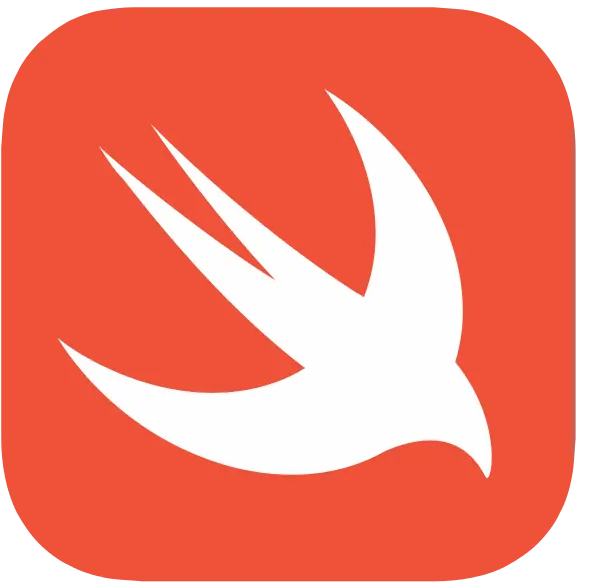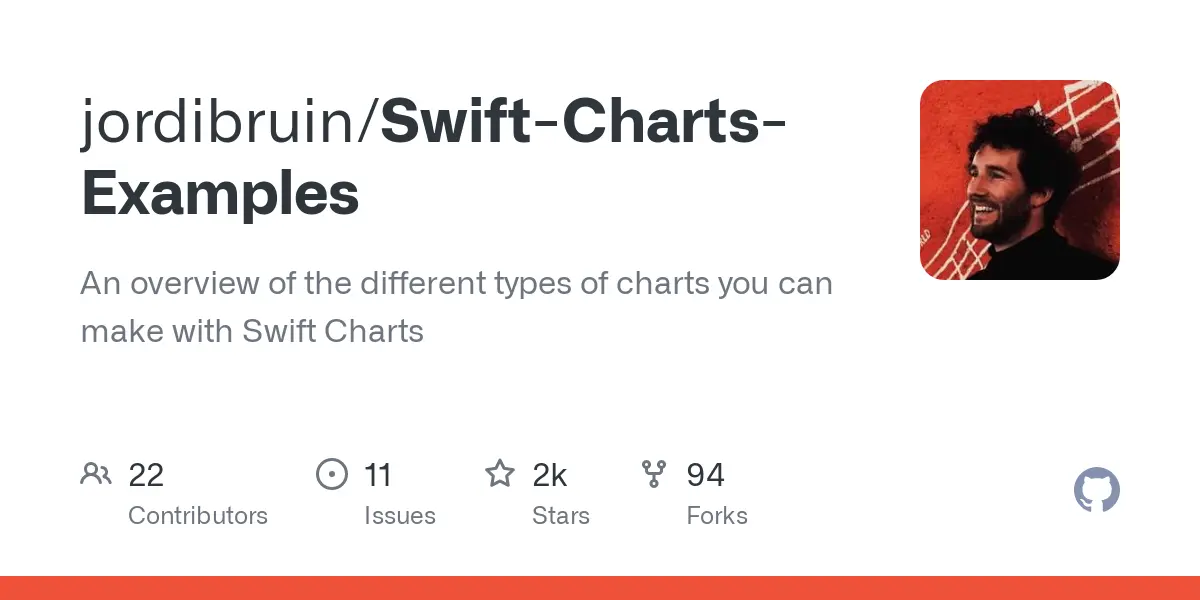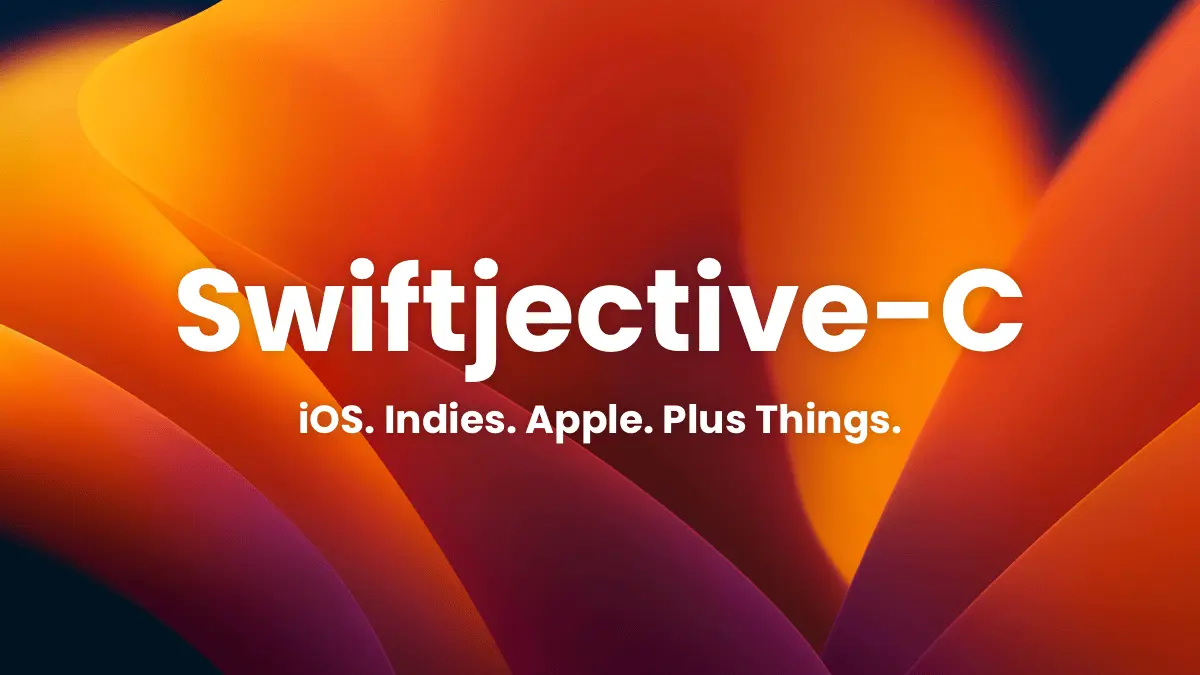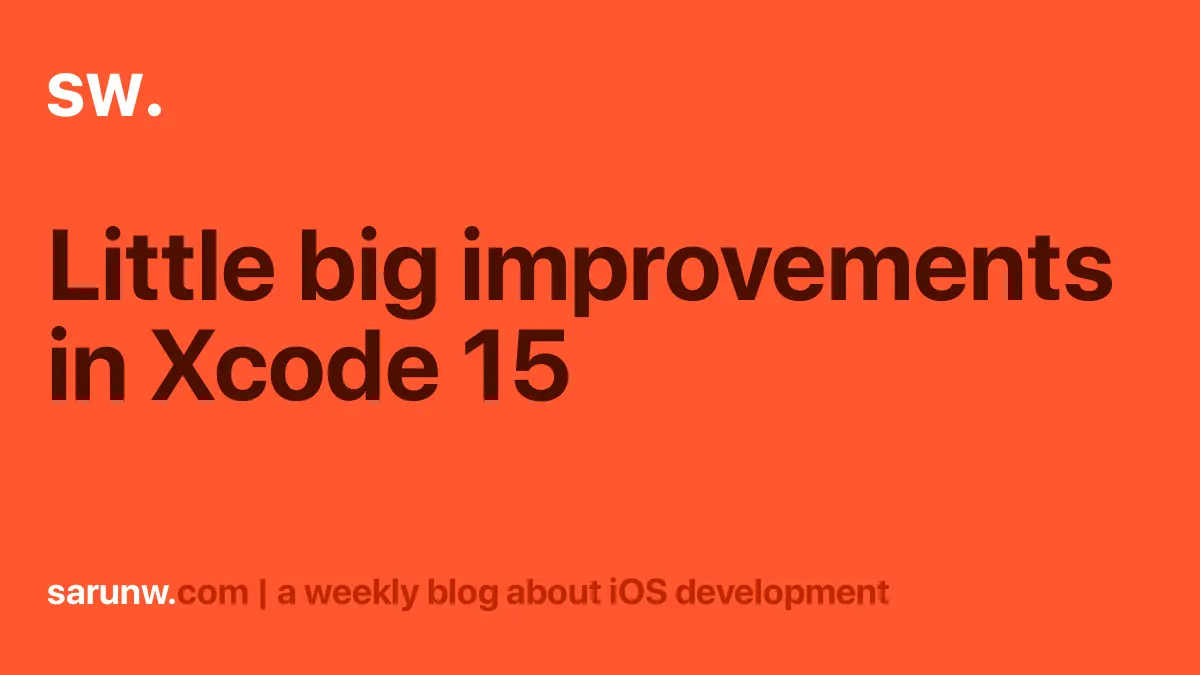Brands want to push their own style on people, to make themselves recognizable, and to push their ideas about UX to their users
That’s not a universal behavior though. There’s so many utilities and simpler apps made by indie developers or smaller companies that don’t care about this.
At the same time, I feel like nowadays there's less forums or places people can ask help with, although today ChatGPT can be a good help with newbie questions.
You’re right, but that’s not the point. The other poster said it’s a skill issue. Sure, if the person can’t run commands in a terminal or doesn’t know what’s an executable that’s a skill issue.
Getting stuck because the game is having weird glitches that show off once in a while and you need classes on computer graphics to debug isn’t skill issues imo. Otherwise are all gonna establish that Linux isn’t for non programmers then?
Another option is to have enough people in the company interested in using that to justify it.
In my company (a large bank) Linux is now being rolled out to selected people as test because there was enough interest from a lot of the backend crowd.
It’s a good concept, I just have to look it up and understand exactly what it is doing before I start using it.
That’s what I do, except I straight up create the python venv in a folder, activate it and then do pip install yt-dlp. No messing up with my system.
This is at the very least super interesting.
It seems that it is based on Qt, so there might be a easy way to fix this unless they’re creating their controls from scratch. I know QML can be used as a canvas to draw custom controls, so it depends on the code.
I’m not sure how that could even be done, maybe a way to control the GUI with commands that you’d then be able to script, like Selenium on browsers?
That would probably look terrible though.
I think it’s easy to make a generic YAML editor that all you need to do is to pass a “definitions” file that says all the possible options to show as a drop down or toggle etc.
That would be useful for many projects.
Certainly one of the things is to keep building stuff. I’ve recently decided to write a small app (I went for a clone app because I don’t want to deal with designing it) and it has really forced me to learn SwiftUI (I’ve only used UIKit professionally), while previously I’d read articles without much reason to hold on to them.
So if you want to learn something, find a project that will force you to learn that thing, but if the purpose is to learn, don’t try to make it an “original idea” or something like that. It would only lead to procrastination. Find an existing tool that makes use of what you want to learn and try to implement it yourself.
Async await in Swift: The Full Toolkit
Understand the range of tools in Swift Concurrency

“Today, we're going through the many techniques in the Swift Concurrency toolkit. We'll discuss theory when it's appropriate, but for each tool we'll also provide a context where it might be the best solution.”
TumbleOS
The problem with Sublime is that it’s a paid one, and not everybody wants to pay for something that is perceived by the community as something that should be free and open source.
Yeah, I guess the idea of VSCode isn’t to be a “ready to use” IDE, but to be configurable — which it is.
The main thing that makes it popular nowadays is the ecosystem of plugins around it. Ex: when Copilot was released, I believe the VSCode plugin was the best one.
Also many frameworks docs have instructions on how to use it with VSCode and which plugins to install, such as some web frameworks and Flutter.
They didn’t even bother to do a gradual rollout, like even small apps do.
The level of company-wide incompetence is astounding, but considering how organizations work and disregard technical people’s concerns, I’m never surprised when these things happen. It’s a social problem more than a technical one.
This is the right answer. To complement it, I’d just say I’ve read someone before say that at Microsoft there’s no incentive to squeeze performance, so why bother if it won’t help you get promoted or get a bonus? All these things add up over time to make Windows only care about it when there is actually a huge bottleneck.
It’s also worth noting (for non programmers out there) that speed has no correlation with the amount of code. Often it’s actually the opposite: things start simple and begin to grow in complexity and amount of code exactly to squeeze more optimizations for specific use-cases.
I think it’s a valid news to spread here.
You’re definitely not alone. If this happens and it becomes some major news in the community with reasonable visibility, I’m sure many people would support this.
Vulnerabilities in CocoaPods Open the Door to Supply Chain Attacks Against Thousands of iOS and macOS Applications
Multiple vulnerabilities affecting the CocoaPods ecosystem, have been discovered, posing a major risk of supply chain attacks.

“E.V.A Information Security researchers uncovered several vulnerabilities in the CocoaPods dependency manager that allows any malicious actor to claim ownership over thousands of unclaimed pods and insert malicious code into many of the most popular iOS and MacOS applications. These vulnerabilities have since been patched.”
How a 10 year old design choice for Swift’s type checker still haunts us to this day

“The Swift compiler is notoriously slow due to how types are inferred. Every June I hope that Apple will announce that they fixed it; sadly this is not that year.”
Java users on macOS 14 running on Apple silicon systems should consider delaying the macOS 14.4 update
“An issue introduced by macOS 14.4, which causes Java process to terminate unexpectedly, is affecting all Java versions from Java 8 to the early access builds of JDK 22. There is no workaround available, and since there is no easy way to revert a macOS update, affected users might be unable to return to a stable configuration unless they have a complete backup of their systems prior to the OS update.”
“Now that iOS 17 is available, let’s analyze its built-in apps to answer a few questions: How many binaries are in iOS 17? Which programming languages are used to develop these apps? How many apps are written with Swift? What is the percentage of apps using SwiftUI versus UIKit?”
A new approach to testing in Swift
Hi everyone, I’m excited to announce a new open source project exploring improvements to the testing experience for Swift. My colleagues @briancroom, @grynspan, @chefski, @Dennis and I have been working on this in recent months and have some early progress we're excited to share. Inspired by what’...

In iOS 17, Apple added a range of sensory feedback view modifiers to SwiftUI.

In iOS 17, Apple added a range of sensory feedback view modifiers to SwiftUI removing the need to rely on UIKit.
The #Predicate Macro allows you to filter or search a collection of data using type-safe and readable higher-level Swift code.

#Predicate is a new Macro available since Swift 5.9 and Xcode 15, allowing you to filter or search a data collection. It can be seen as a replacement for the old-fashioned NSPredicate we’re used to from the Objective-C days.
Swift Charts Examples
An overview of the different types of charts you can make with Swift Charts - GitHub - jordibruin/Swift-Charts-Examples: An overview of the different types of charts you can make with Swift Charts

An overview of the different types of charts you can make with Swift Charts
Objective-C Internals articles series
Get ready to dive deep into the inner workings of the Objective-C language and runtime! Each post delves into a specific aspect of the language and explores the details of its implementation. I hope you’ll find this valuable to demystify the language, tackle tricky bugs, and optimize your code for p...
Meet “Y-Charts”: an Opensource Jetpack Compose chart library
Y-Charts is a Jetpack Compose-based charts/graphs library that enables developers to easily integrate various types of charts/graphs into their existing UI to visually represent statistical data.
WWDC 2023: What's New in Core Data
Although at WWDC 2023, Apple will mainly focus on introducing the new data framework SwiftData, Core Data, as the cornerstone of SwiftData, has also been enhanced to some extent.
Font size is useless; let’s fix it
What happens when you set fontSize: 32 in your favorite editor
What happens when you set "font_size": 32 in your favorite editor? I would’ve told you anyway, but I’m glad that you asked.
iOS Dev Weekly - Issue 616
Let's talk about nutrition, shall we? Wait, what do you mean "Not that type of macros!" 🫘
iOS 17 is out in the wild! As always, let’s check in with our mature interface framework, UIKit.

How type system makes Kotlin so flexible, safe, and intuitive.

The Kotlin type system is amazingly designed. Many features that look like special cases are just a natural consequence of how the type system is designed.
A curated list of awesome Swift Macros
A curated list of awesome Swift Macros. Contribute to krzysztofzablocki/Swift-Macros development by creating an account on GitHub.

Get an overview of what's new in GCC 13, the latest GNU Compiler Collection release, including bug fixes and new features in the C++ front end.

Little big improvements in Xcode 15
Small improvements that make a big difference in day-to-day coding.


